Online Kids' Games: How Do They Make Their Money?
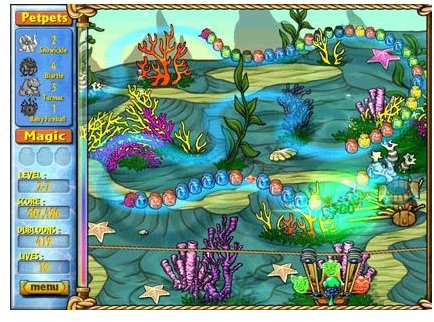
The internet is full of games for kids. Some of the top ones, Club Penguin, Neopets, Webkinz and others boast millions of visitors. And yet, most of their content is provided free of charge. Where is their profit coming from? Is it microtransactions, subscriptions or item sales? In this article we’ll take a closer look at the big names in the business: PBSkids.com, Club Penguin, Webkinz, Neopets, Toontown Online, Pokemon.com and Habbo.
Neopets
_
Neopets is one of the oldest of the bunch. Founded in 1999, it is currently worth more than $160 Million. It boasts vast forums, and though much of their content is freely accessible, some must be bought. The game has two currencies, Neopoints and Neocash. Neopoints are free, and can be earned in the course of the games. Neocash must be bought (currently at a rate of 100 Neocash to the dollar). Neopets also has a mode known as Neopets premium, which costs $7.99 per month and allows a range of benefits. In addition they operate a store that produces a wide range of merchandise including notebooks and video games.
Neocash, or paid currency, can be used for a number of things, but most are cosmetic. You can buy clothes and furniture for your Neopets and Neohome. However, Neopets premium unlocks access to certain areas of the site, adds new features, private premium forums, access to games still in beta and removes all advertising. A free account allows you access to all free areas of the site and is functional on its own. A paid account is not necessary unless you really want the features it adds. All major features of Neopets are freely accessible.
Habbo
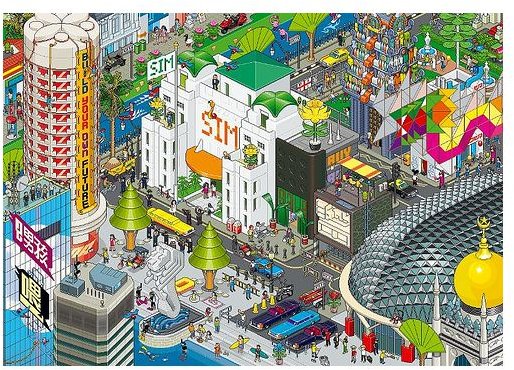
Habbo, formerly Habbo Hotel, is another one of the old ones. Founded in 2000, it now tracks more than 10 million visitors monthly. Like Neopets, there is a dual currency. Credits are free, and coins must be bought. A user can spend coins to join Habbo Club, which is a premium membership with certain perks. There is another level of premium, called VIP, which costs even more.
Members of Habbo Club receive benefits that are also largely cosmetic. In exchange for paying to become part of the Habbo Club, a user will receive a badge, new customization options for their avatar, new room layouts, and a free piece of furniture each month. A VIP member will receive what a Habbo Club member does and more. Even more customization options are added, along with a new badge, special VIP furniture and the ability to keep more than 900 friends on a friends list. Both of these paid options add perks only, and not functionality. If a user doesn’t mind keeping the same look, there is no reason to pay for membership. For some, the desire is enough.
Webkinz
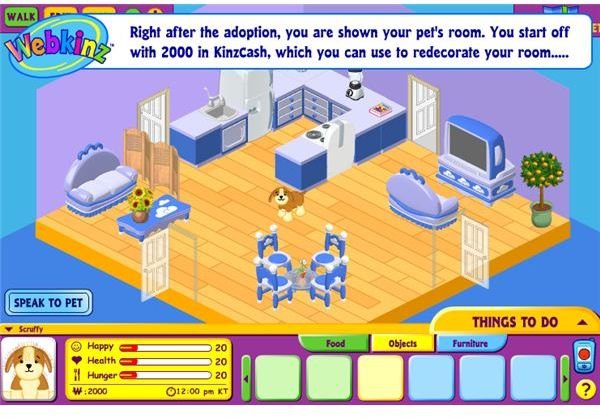
Webkinz is a newer contender, and started in a different way than the others. Unlike Neopets and Habbo, they were first and foremost a toy manufacturer that got into the Internet. Founded in 2005, Webkinz began selling stuffed toys that each came with a special code that could be entered into the “Webkinz World” website. They have no purchasable currency, but in a way, real money must be spent to advance in the game. Each Webkinz code, whether it comes from stuffed toys, trading cards or school supplies, unlocks more and more for the user’s online account. A rather insidious clause in the user agreement states that a new code must be entered every so often to keep the account active, necessitating the purchase of more and more toys.
Club Penguin
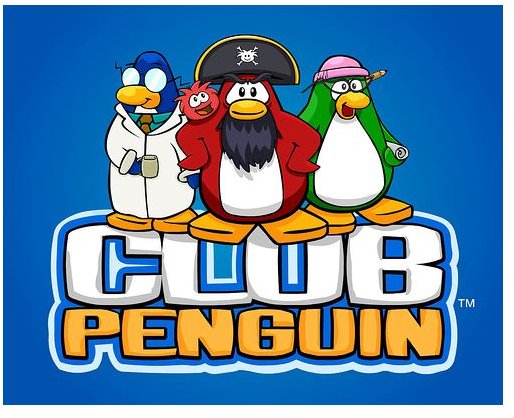
Club Penguin is similar in a lot of ways to Neopets. Founded in 2005 and now owned by Disney, Club Penguin is a combination of an MMO and a forum. They have issued and sold both a Wii and a DS video game. Prior to its purchase by Disney, they relied almost entirely on membership fees to keep the site afloat, but Disney abolished the fee. Instead, they instituted a premium account that had to be paid for, but allowed limited free accounts. They also run a merchandise store selling stuffed animals, T-shirts and other items.
Club Penguin’s free accounts are quite limited. Not all minigame levels are accessible to free users, and neither are upgrade items. Free users can’t buy clothing for their penguins and can be bumped for the priority server access of paid users. Paid users also have special members-only areas, exclusive features, can buy and decorate homes, choose their own background music, host parties in their homes, and adopt up to 20 pets. Membership costs $7.95 a month, or $59.95 for a year. This is one kids’ game that’s almost not worth bothering with if you’re not going to put money into it, but many, many people do.
Toontown Online
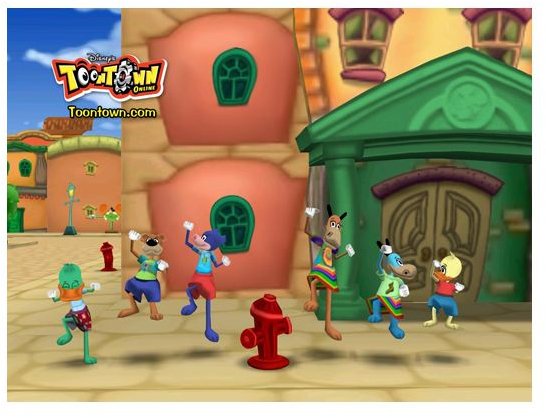
Disney’s Toontown Online, founded in 2003, funds itself more like a traditional MMO. Though there are free accounts, they are very limited in what they can do. Only certain areas are accessible to free users, and for unlimited access one must pay a subscription fee. A free user has partial access to six neighborhoods, a house, one player character, a limited assortment of cartoon gags, and limited access to pets, fishing and racing.
A paid user can have up to six characters, has three extra options for character species (Monkey, Bear and Horse), can buy clothes and furniture, has access to all neighborhoods and areas, the ability to catch all fish species, more quest and challenges, the ability to garden and play mini golf, and unlimited access to pets and racing games. The free account is a good option for trying out the game to see if you’ll like it, but once you reach the content wall you’ll have to either pay for access or give up. Free accounts have a limited amount of quests, and once you’re done, you’re done.
PBSKids and Pokemon.com
On PBSKids.com, unlike most other online kids’ communities, nothing is directly paid for. Real-life merchandise, DVDs and so on, are available but there is no benefit to buying it beyond the product itself. Instead, it is an adjunct of the PBS network of television stations and therefore free. Similarly, Pokemon.com is free because its funding comes from Nintendo, who has every interest in keeping their brand alive and well, and their video games selling.
What can we gather from this? First and foremost, every kids’ web community that charges has a similar business model. They allow free players but keep them limited, dangling the promise of newer, shinier items just out of reach. What players are paying for, then, becomes prestige rather than concrete objects. This is a much easier thing to sell from a psychological standpoint. It also makes perfect sense to allow free players. Someone who has had the chance to try things out and gotten hooked is a much better prospect for buying merchandise or paid time than someone who’s just passing by.
The other fine point is in the actual amount of money. When it comes to games like this, the vast majority of members will never buy anything. As GamersFirst’s COO and CTO Bjorn Book-Larson pointed out, it’s the smallest margin, between ten and twenty percent of members, that will ever buy anything at all in a microtransaction model, and even then they may spend only pennies. Furthermore, the vast majority of profits come from an even smaller margin- the top one to five percent of spenders make up almost fifty percent of profits. They are the ones that are a solid revenue source, the niche audience that keeps coming back and buying. That may not seem like much at first but remember that Toontown Online alone has 1.2 million members. Neopets estimates more than 11 million unique IP addresses per month. Those small margins add up, and lead to the behemoths of children’s social networking that we see today.
References
- PBS Kids, http://www.pbskids.com
- Habbo, http://www.habbo.com
- Toontown Online, http://www.toontown.go.com
- Webkinz, http://www.webkinz.com
- Neopets, http://www.neopets.com
- Club Penguin, http://www.clubpenguin.com
- Gamasutra, http://www.gamasutra.com/view/news/31564/Interview_APB_Reborn_As_GamersFirst_Microtransactions_Game.php
- Image credits: Neopets - http://www.neopets.com, Habbo - http://www.habbo.com, Webkinz - http://www.webkinz.com, Club Penguin - http://www.clubpenguin.com and Toontown Online - http://www.toontown.go.com
